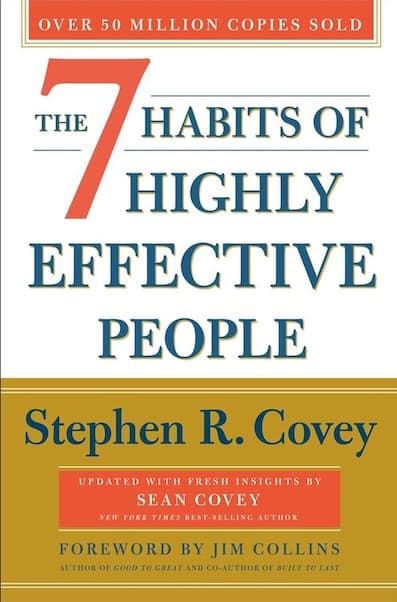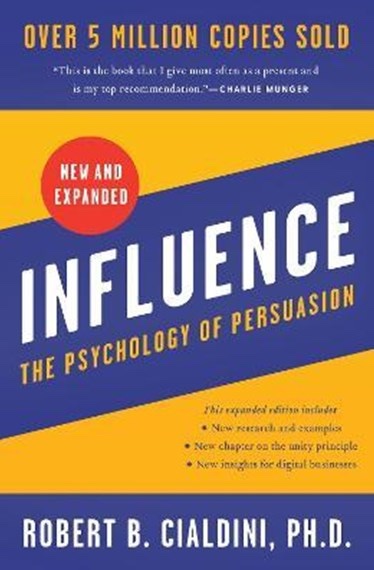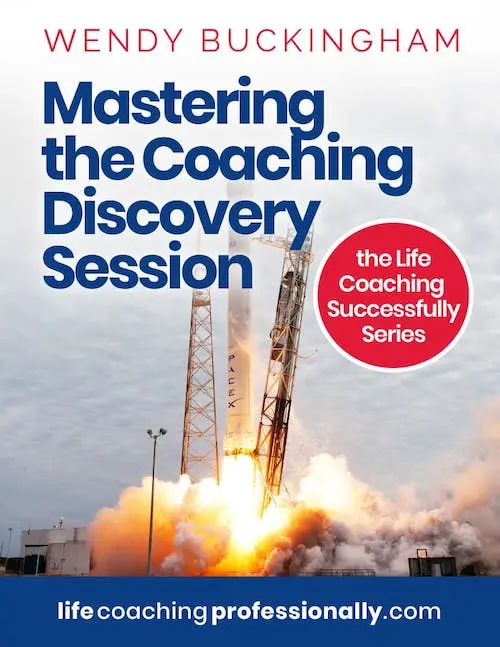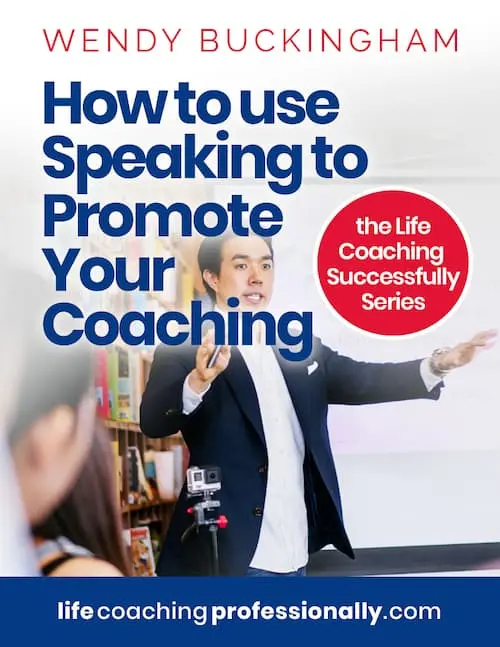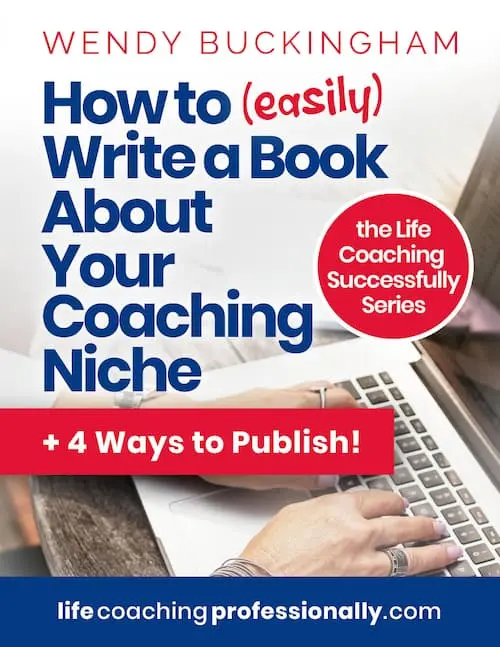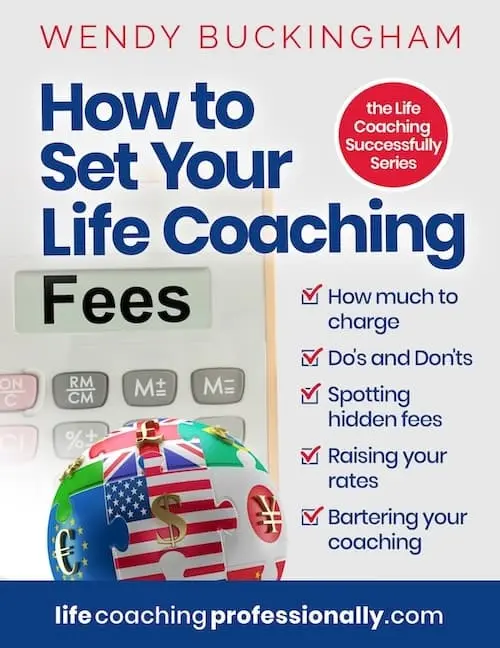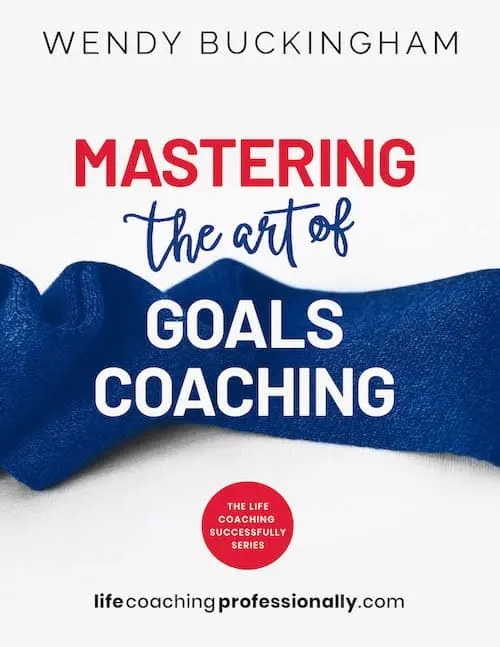- Life Coaching
- Coaching Tools
- Be Do Have
The Be Do Have Coaching Model Simply Explained
If you haven't used the wonderful BE DO HAVE coaching model, this simple explanation will help you understand the concept and how it works. I show you how to use this coaching tool with your clients. I also provide examples of how I've used it which will help you help your coaching clients achieve their outcomes and goals.
Quick Links
What Is the Be Do Have Concept?
Many educators, philosophers and philosophies have talked in broad terms about the concept of Be Do Have but it was brought into mainstream thinking by Stephen Covey who explained it in his seminal book The 7 Habits of Highly Effective People was released in 1989.
The concept of Be Do Have is very simple. It's about starting to plan your goal by acknowledging who you need to Be to achieve success and able to Do what you need to do to Have your goal.
How Does the Be Do Have Process Work in Coaching?
The first thing to explain to your clients is that there are three aspects to a goal or desired outcome that need to be considered for Be Do Have to be relevant:
- The Have; what is to be achieved - in other words, the goal.
- The Do; the behaviors and actions that need to be in place to make it happen.
- The Be; who a person needs to authentically be. That is, how they need to behave (think and feel) to Do and Have.
So you work with the client by asking these questions.
- Who do you need to Be
- to Do what you need to do
- to Have a particular goal or outcome?
Life coaching is as much about working with the BE of a client (their mindset) as it is about helping them set and plan a path to their goals and supporting and holding them accountable for their actions (the DO) so they can HAVE the personal and professional outcomes they want for themselves.
What Are the Latest Thoughts on Be Do Have?
Two Missing Pieces Of The Be Do Have Model
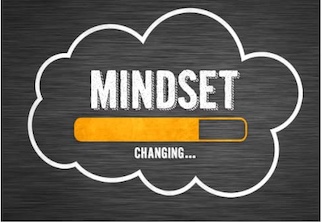
Some recent insights into the Be Do Have coaching model, published in Forbes Magazine in 2013, were really logical. The article's author, Nona Djavid believes that there are two important missing steps in the Be component.
She says, the model should not only focus on developing behaviour and habits to achieve the goal. It should also introduce how a person needs to feel and think about the goal or project, in order to succeed.
Titled Two Missing Pieces Of The Be Do Have Model, you can read the full Forbes article here. She also mentions the necessity of the vision or goal being an essential part of the process. This is not new and I have already covered, further down this page, why we actually start with the Have, which is the goal before we get to the Be.
It need not be complicated!
The BE can include things as basic as becoming someone who:
- remembers to recharge a mobile phone, or
- schedules a time of day to make phone calls.
It can also include such basic things as:
- not buying junk food
- being firm with family or team members about requests that are not acceptable.
The BE can also be driven by the "WHY" of goal achievement. The reason for wanting to HAVE the goals must be strong enough to motivate the client to try what may be an uncomfortable BE decision that takes them out of their comfort zone.
I share with you some actual Be Do Have examples in this related page And here, one on Using Be Do Have for Weigh Loss Goals
Something to think about.... 🤔
Applying the Be Do Have coaching model to yourself as a coach, who do YOU need to Be to do what YOU need to Do, to Have a successful coaching practice? 😊
Be Do Have FAQ's
Why Not "Have Be Do" as a Coaching Model?
Why Not "Have Be Do" as a Coaching Model?
Good Question! To expand on my answer above, we actually do start with the Have which is setting the goal to be achieved. However the process or coaching model to use with our clients, starts with the Be. This is because we need to first work with the BEhavior of the client- to help achieve the Do and the Have.
Why Do Some Clients Have Trouble With implementing Be Do Have?
Why Do Some Clients Have Trouble With implementing Be Do Have?
The steps required for a coach to lead a client through the journey towards the Be that is needed for a particular goal may be a real challenge and take them well out of their comfort zone. There can be several long standing behaviors and unsupportive habits that need to be identified and addressed and changed.
In my book Mastering the Art of Goals Coaching, I show you step by step, how to help your clients create a Personal Success Policy (PSP) to help with not only the achievement of a particular goal but improve their confidence and outcomes in all areas of their personal and professional lives.
Why is the Be Do Have so Important in achieving goals?
Why is the Be Do Have so Important in achieving goals?
If you've always done or behaved as you always do and not achieved the goals you have set then that could be the key issue getting in the way of success. And until you take a close look at identifying and changing what behaviours get in the way, nothing will change.
Download This Be Do Have Exercise Sheet
You can download this Be Do Have exercise template to use with your coaching clients. It can be really useful to help them gain clarity on what may need to change. It is in Microsoft Word and brandable to your own business profile.
Alternatively, create your own!
- On a computer or a piece of paper create a table with two columns. Head the table with the Goal - the Have. Use a separate table for each goal the client wants to set.
- Head the first column with Do and the second Be.
- Under the Do column fill in all the Do's or actions that need to be taken to achieve the goal
- In the Be column fill in who you need to Be and/or how you may need to behave differently and develop habits to effectively Do the Do's. 😀
I hope by now you are able to really understand the Be Do Have concept and how to use it with your clients. If you have any questions, please get in touch and ask through my contact form.
Extra Resources For Be Do Have Coaching Model
These three books can add to your understanding and application with your clients of the Be Do Have coaching model, as well as providing useful awareness of behaviour patterns. I'd recommend them for your coaching library.
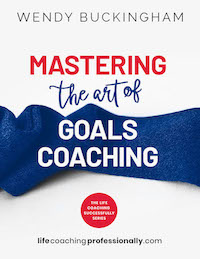
I've already mentioned how I help you creat a Personal Success Police (PSP) for your clients to help with their Be Do Have in my own book Mastering the Art of Goals Coaching and that you will find it about much more than goal setting.
It's also template of practical, uncomplicated steps to take along the path to goal achievement. It includes lots of useful coaching information, tips and processes from my 25 years of coaching experience to use with your clients in all coaching situations.
The Seven Habits of Highly Effective People by Stephen Covey
Developing habits and behaviors that will serve you to achieve your goals is a key part of the Be in the Be Do Have model.
If you haven't read Stephen Covey's classic book, I'd really recommend it as an invaluable addition to your coaching library. The 7 Habits or behaviors he explains are:
- Be Proactive
- Begin with the End in Mind
- Put First Things First
- Think Win/Win
- Seek First to Understand, Then to Be Understood
- Synergize
- Sharpen the Saw
Influence: The Psychology of Persuasion by Robert B. Cialdini PhD
This fascinating and easy to read book is about the human condition and what influences us and persuades us to do what we do. Things like "social proof" and "reciprocation".
The Psychology of Persuasion was such an eye opener for me and really helped me define why I and others act and react in certain ways to situations and what I may have to change my Be in the context of the Be Do Have model. Lots of stories and examples make it an easy and enjoyable read, not to mention a valuable asset to your coaching library.
More Help to Grow Your Coaching Skills and Promote Yourself
I have written a range of informative books (all from my own 25+ years' experience) that will help you to authentically attract new quality clients, increase your coaching skills and promote your coaching services.
100% Satisfaction or Your Money Back
I am sure you will get real value from each of these books. However, if within 30 days of purchase you are not 100% completely satisfied, you will receive a full 100% refund.


